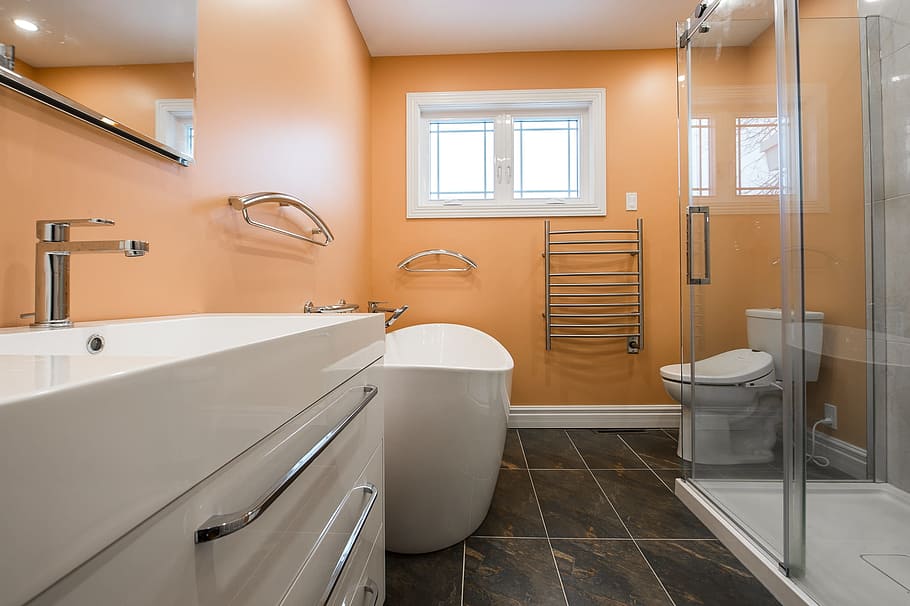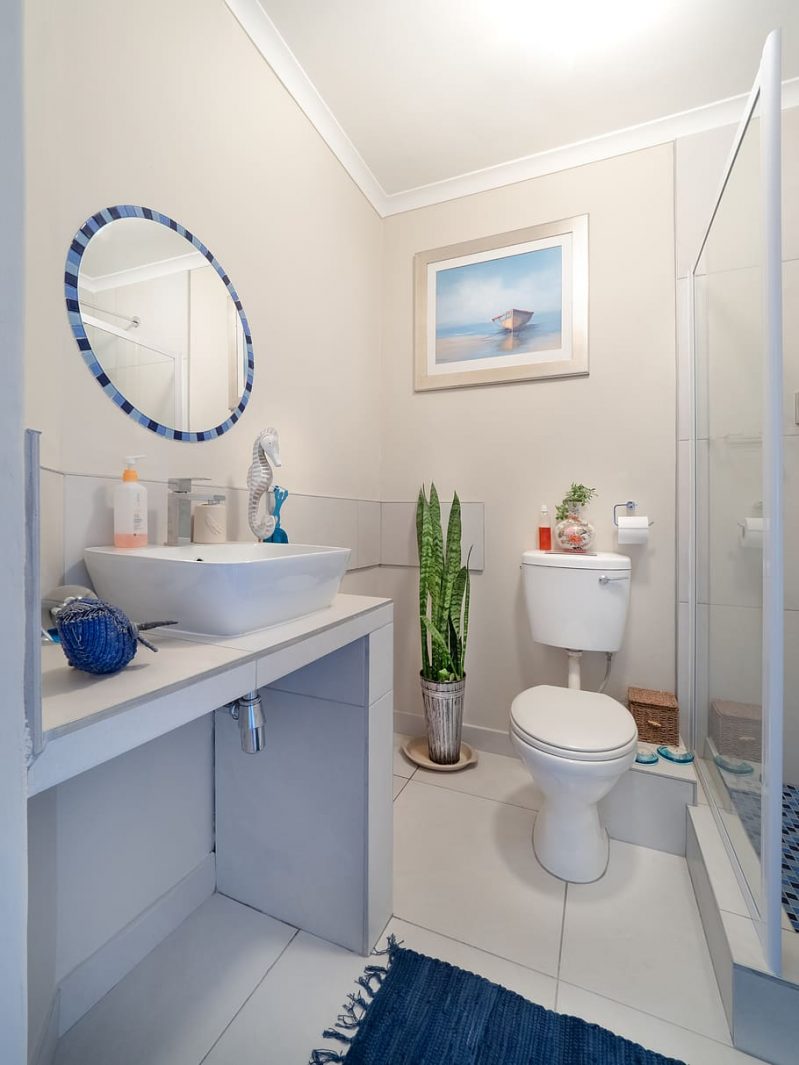
Summary
– Step 1: Evaluate your water consumption
– Step 2: Adopt good habits
– Step 3: Install water-saving accessories in your toilet tanks
– Step 4: Completely change your flushing mechanism
Do your toilets consume much water, and do you want to reduce your bill? We offer you alternative solutions to dry toilets to reduce your water consumption, preserve the environment and lower your expenses.
1. Evaluate your water consumption
With an average of five liters per flush and four flushes per day per person, the annual water consumption of a toilet is 40 m3. At $3 per cubic meter of water, the average yearly expense on toilet water for a family of four is $120.
Toilet water consumption accounts for 20% of domestic consumption, and baths and showers account for 39%.
There are currently several solutions to reduce your toilet water consumption by half and your water bill with it.
2. Adopt good habits
Maintain your toilets
– Your toilet flush should be efficient in one use. Make sure it works properly by adjusting the float if necessary.
– If there is no pressure reducer between the water meter and the toilet, manually reduce the pressure to decrease the water flow.
– Connect your toilet tank to receive the water used when you wash your hands. This will allow the water to be used a second time.
Handle your toilet flapper properly
Water discharge depends on how long you hold the flush button. To reduce it:
– Only press the button very quickly.
– Check that your flapper is adjusted correctly and has no manufacturing defects.
3. Install energy-saving accessories in your toilet tanks

Recycle what you have at home
– The 1.5L water bottle: remove the label, fill the bottle with water and place it in the tank opposite the faucet. If possible, use two bottles; this represents about 3 liters less water in your tank, i.e., 6/7 l instead of 9/10 l for a typical tank.
Tip: you can fill the bottle with rainwater; it is not intended for drinking.
– Glass jars: no need for a lid; place them at the bottom of the tank, they fill up with water, and when they are drained, they retain some water in the tank.
– Freezer trays: if you don’t use them, why not recycle them in the tank?
Note: don’t use brick or materials that may disintegrate!
Use a commercial “eco” product.
Flexible plates form a dam that retains excess water and reduces water consumption by up to 40%—payback: about 1 year.
– Toilet tanks: this plastic bag retains part of the water with each flush and reduces the volume of water evacuated from 1.5 to 3 liters per flush—payback: between 4 and 6 months.
– The water-stop: a small stainless steel mechanism attached to the outside or inside of the overflow of your toilet. You can adjust the flush flow rate by pressing the pull tab or the button. Some training is required to use it, but the system is compelling—payback: about 1 year.
For the excellent efficiency of these products, the evacuation of the toilets must be optimized so that the flushes are not multiplied and harm the sought-after water saving.
4. Change your flushing mechanism completely
Install a dual flow mechanism
The installation is not complicated but requires following the instructions for optimal product use. Once installed, it works like a water-stop as it reduces the volume of water used from the tank, with a choice between 3 l or 6 l—payback: about 2 years.
Change your toilet for a more economical model.
Several toilets have a water consumption reduced to 2/4 liters and allow a financial saving of close to 50% compared to a 3/6 liters toilet. You can find these models in large home stores and on the internet.
Did you like this post? Don’t forget to leave your comments below.
Read more:
Dual Flush vs. Single Flush Toilet;
